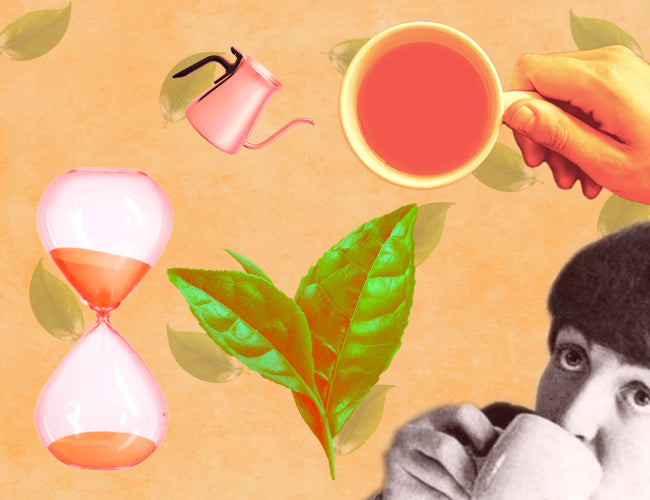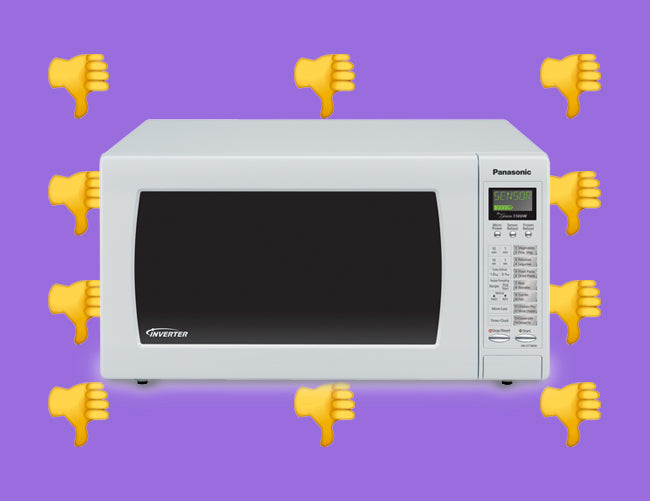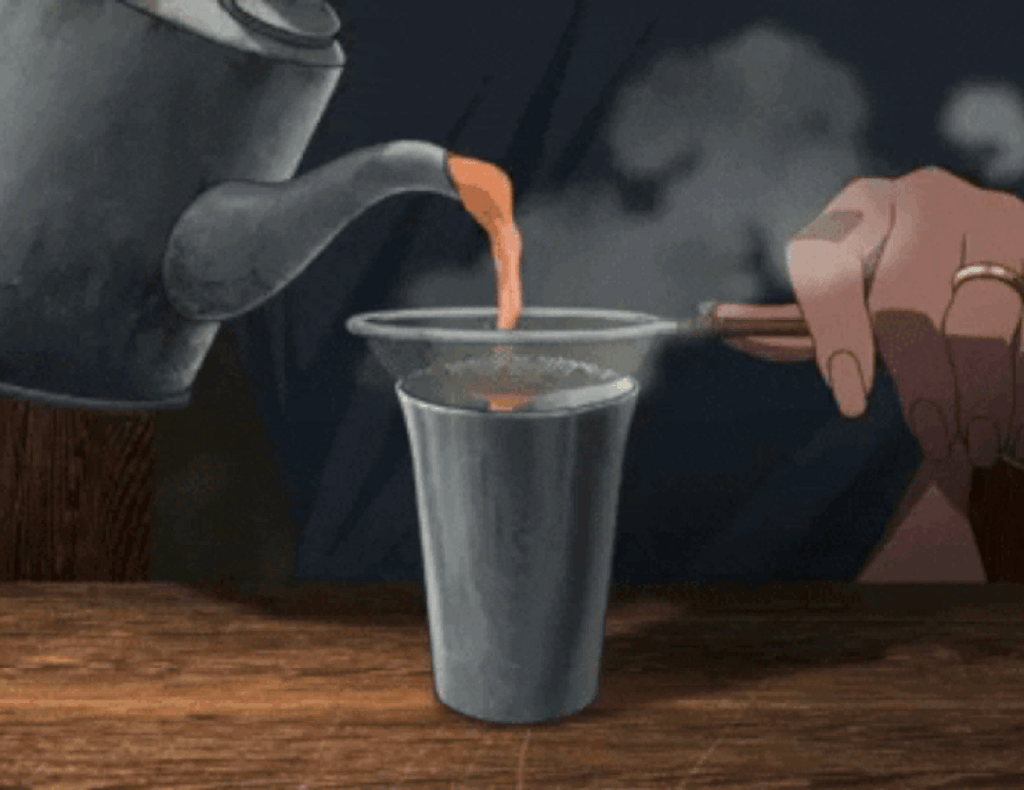Onjin Blog

How to Keep Your Tea Fresh Longer: Storage and Shelf Life
TEA LASTS, BUT THEN WHAT?
One of the coolest things about tea is that tea lasts for a while. I know a lot of people, including myself, have a tendency to want to try many different teas. When we get a tea we like, we tend to buy more of it and keep it all at home. Over time that accumulates and we end up with a ton of tea. The question then becomes, does tea expire? How long can we store our tea? How do we keep it fresh? No one wants to let the tea they’ve bought go to waste.

The real answer is it depends. Some teas do ‘expire’ in the sense that their taste and aroma fade over time. Other times, especially in more humid environments, mold can grow.
KNOW YOUR TEA TYPES FIRST
As usual with tea, shelf life and storage vary between tea types. So just a quick, super high level intro to tea types.
Tea types are distinguished by oxidation levels and processing methods. (Think of oxidation as a reaction that’s associated with the absorption of oxygen, which leads to physical changes in tea leaves for now.) Those factors are closely related to how long the teas can be stored.

There are 6 basic tea types:
- White - unoxidized
- Green - partially oxidized
- Yellow - partially oxidized
- Oolong - partially oxidized
- Red aka Black - oxidized
- Aged - post oxidized
Storage According to Tea Types:
White, green, oolong, yellow (little to semi oxidized) teas generally have a lighter color and tend to have a shorter lifespan, so shouldn’t be stored too long for optimal taste. The teas are still drinkable after 6 months, but you’ll notice that the taste and aroma will be significantly diminished. It’ll be more bland and less fragrant.
When it comes to puer tea, darker colors indicate the fermentation time is longer and can be stored for years and years. We’re talking decades to basically indefinitely so rest assured, that tea can stay in storage for a long time and you never need to worry about it.
Tips:
- Try to avoid storing less oxidized teas for no more than 6 months by drinking more tea, of course 😎
- Refrigerate green tea to extend the shelf life and keep it fresh a little longer. Place the tea in a zip lock. Zip locks tend to keep air better than a container would. Vacuum sealing is the way to go if you have that option available.
- Puer tea can be extra sensitive to external aromas because it’s a tea that can be stored significantly longer compared to other teas. You don’t want your puer to smell. Keep it away from other foods or items with stronger smells.
KEEPIN’ THINGS FRESH, LITERALLY
Now onto keeping tea fresh, both literally and figuratively. In order to do this, we need to understand tea storage and tea types. Here are five rules of thumb:
1. Store tea leaves in sealed, airtight containers.
- Make sure the container is clean and doesn’t contain other odors which can happen if it used to hold other stuff or is made out of wood.
- A container limits the airflow, which is important because tea will oxidize again which can change the tea or degrade the quality. This is especially true for more delicate teas like whites or greens (there are exceptions) compared to more oxidized oolongs or puers.
- Tea leaves absorb surrounding odors and you don’t want it smelling like the other stuff in your cabinet
- Don’t use clear containers. Sunlight, UV rays will degrade the leaves because the sunlight creates heat which will affect the flavor and speed up the oxidation. Low oxidation is critical for green and yellows, it’s what makes a green/yellow, a green/yellow, so that’s particularly important for those.
Not only that, but it directly affects the chlorophyll. Cholorophyll is what creates the green pigment in green tea as well as other plants. Oxidation is what causes the leaves to turn more yellowy.
The chlorophyll is super light sensitive, so that exposure will degrade it faster so make sure to use a solid color container
- ***Air Exposure Exception: puer***
Puer tea is special. Out of all the teas, the effects of the environment are most apparent and much stronger.
Air flow is necessary for the tea to develop character. It’s a tea that’s constantly growing over time, so some air flow is not much different than being in an unpicked state where the leaves are constantly exposed to changing seasons. The air too changes with the seasons. Being stored in the same conditions all the time is like not growing, hence hindering character development of the tea.
Some humidity is best for that puer, with a lower humidity environment (<50%).
2. Keep tea at room temperature.
- You don’t want the tea to be exposed to constantly changing temperature that’s too hot or too cold.
- This is the same reason for why you want to keep the tea in a dark, sealed container.
3. Dry environments and tea are friends.
- Moisture means mold, caking. Avoid if you don't want to get sick or throw your tea leaves away.
- Keep leaves away from boiling water, humid spots like the stove top where there might be steam.
4. Tea should be far away from spices or foods with strong odors.
- Tea will absorb odors from its surroundings. Keeping it near any spices, foods, or other smells will cause the leaves to take all that in and affect the flavor so unless you want your tea to taste strange, keep it by itself.
- Even better if you store similar teas together. For example green with greens, puers with puers.
5. Store in bulk.
- Fill up tea leaf containers more. This limits open space and therefore the amount of air flow.
All in all, know your tea types then decide how to store your tea types. I promise your teas will last longer while staying true to how it tasted when you first bought it.

Why You Should Never Brew Tea with a Microwave


